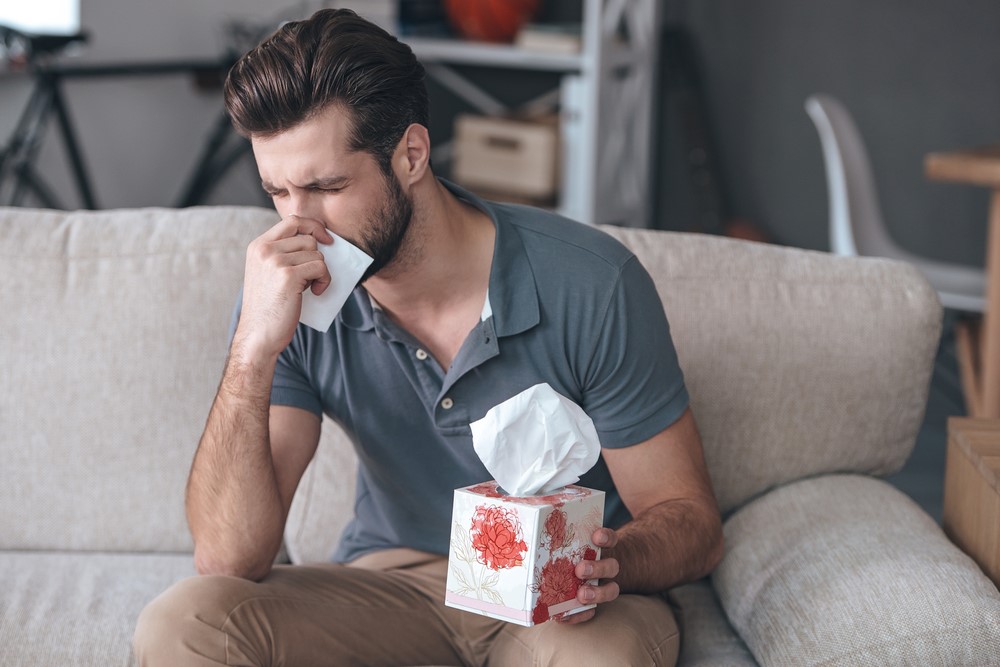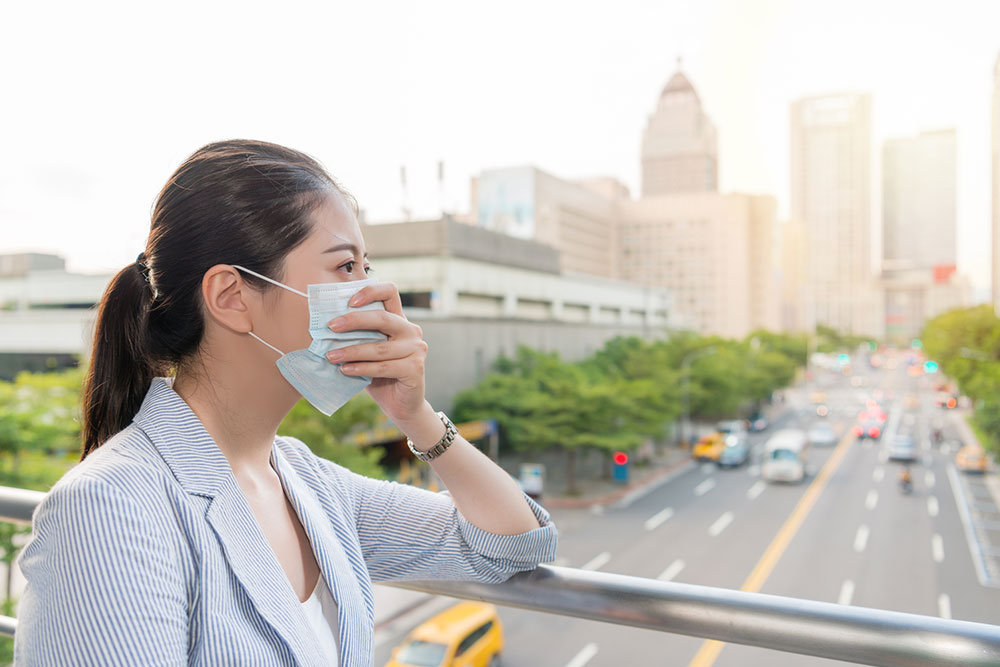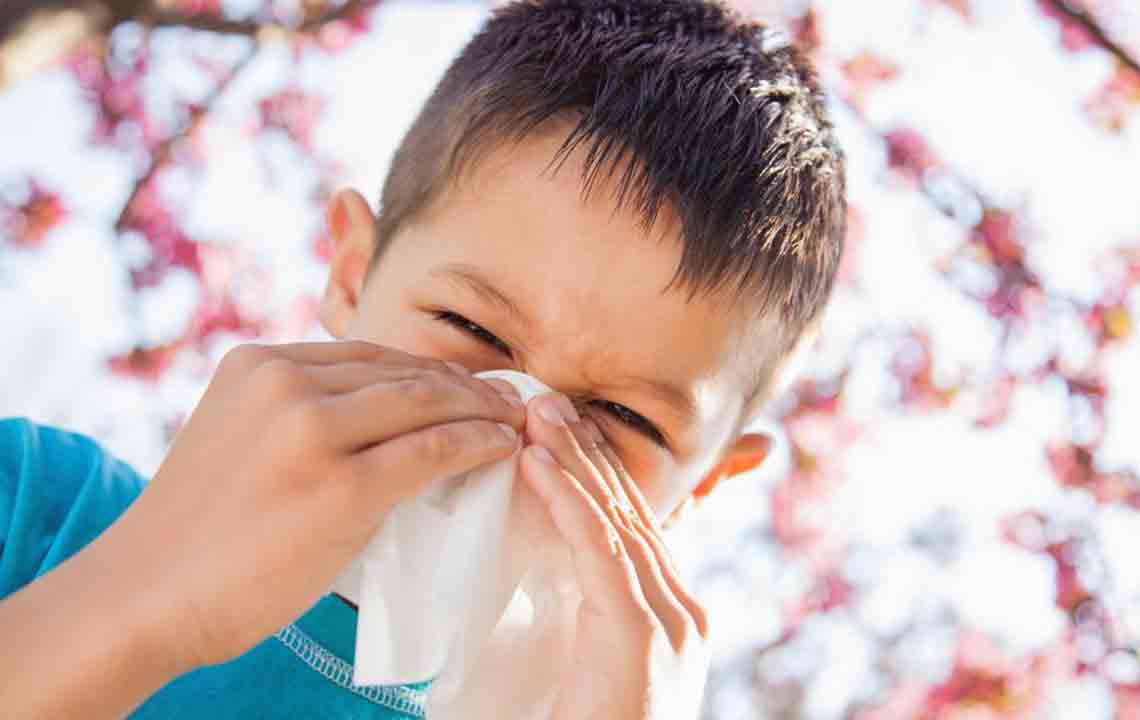Comprehensive Guide to Common Allergy Types
This comprehensive guide explains various allergy types, symptoms, triggers, and reactions, including food, environmental, medication, latex, cosmetic, mold, and pet allergies. Understanding these can help you recognize allergy signs and seek appropriate medical care for effective management.

Understanding Different Types of Allergies
Over 50 million Americans experience allergic reactions—from food to environmental triggers. Not all allergies present the same symptoms. Here’s a detailed overview of prevalent allergy types and their signs:
Food Allergies
CDC reports that over 6% of children and 4% of adults in the U.S. are affected by food allergies. While more common in young children, adults can develop them at any age. Key allergens include soy, wheat, shellfish, fish, tree nuts, peanuts, milk, and eggs—comprising roughly 90% of food allergy cases. Symptoms can range from stomach cramps and vomiting to severe reactions like anaphylaxis, involving breathing difficulties and circulatory collapse.
Allergic Rhinitis (Hay Fever)
Afflicting about 50 million Americans, allergic rhinitis causes symptoms like sneezing, nasal congestion, itchy eyes, and fatigue. It results from immune sensitivity to environmental substances such as pollen, mold spores, pet dander, and dust mites. Though called hay fever, it doesn’t require hay exposure or cause fever.
Dust and Environmental Allergies
Dust allergies — often worse during cleaning activities — can induce respiratory issues like coughing, wheezing, and chest tightness. Triggers include pet fur, pollen, mold, and cockroaches. Symptoms include itchy, watery eyes and nasal congestion.
Medication (Drug) Allergies
Reactions like hives, rashes, and breathing issues after medication intake may indicate drug allergies. Common culprits include antibiotics, NSAIDs such as aspirin, anticonvulsants, and chemotherapy drugs. Severe cases can lead to anaphylaxis.
Latex Allergy
Latex, derived from the rubber tree, is used in gloves and medical devices. Over 6% of Americans have latex allergies, which can cause skin reactions or more severe responses like difficulty breathing. Those with frequent surgeries or who work with rubber are at higher risk.
Cosmetic Allergies
Skincare and beauty products may trigger allergic reactions, from redness and swelling to hives and anaphylaxis. Reactions can occur immediately or after long-term use, affecting areas like the face, eyes, and lips.
Mold Allergies
Many species of mold, often unseen, can cause allergy-like symptoms such as sneezing, itchy throat, wheezing, and respiratory discomfort, similar to pollen allergies.
Cat and Dog Allergies
Pet allergies are common, especially to cats, whose allergens reside in saliva, fur, and dander. Symptoms include sneezing, congestion, skin rashes, and breathing difficulty. Dog allergies produce similar reactions due to dander and saliva, with symptoms worsened by exposure.










